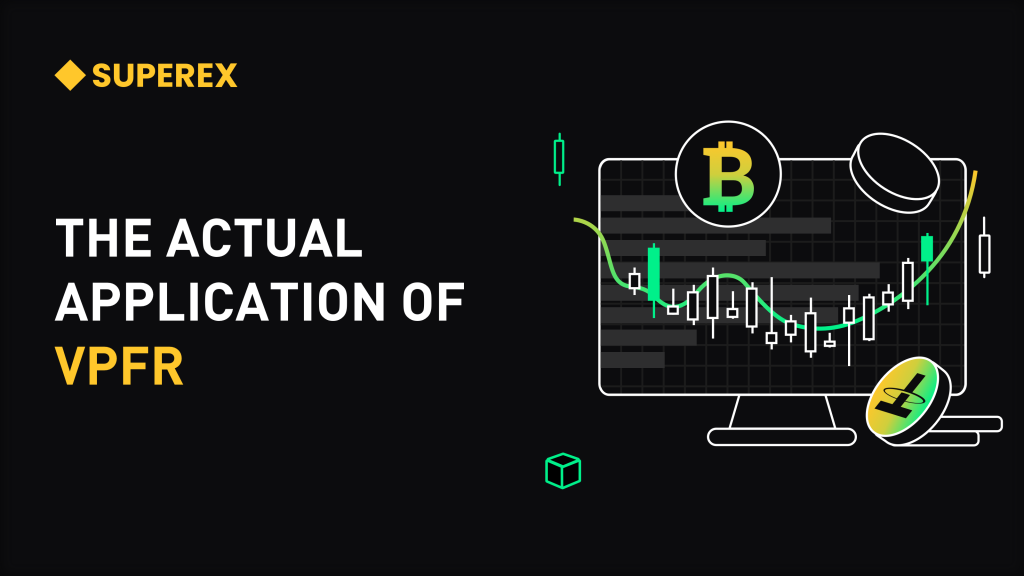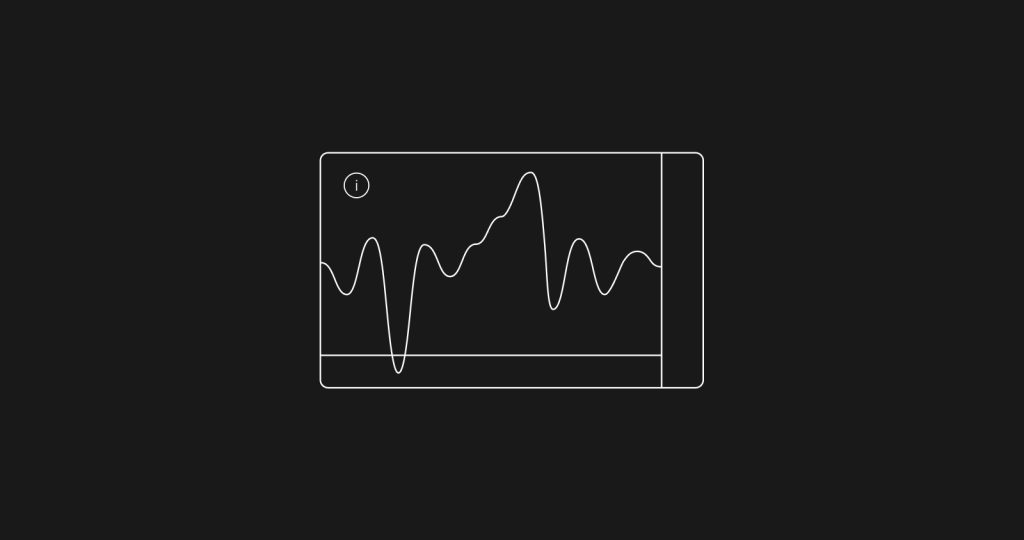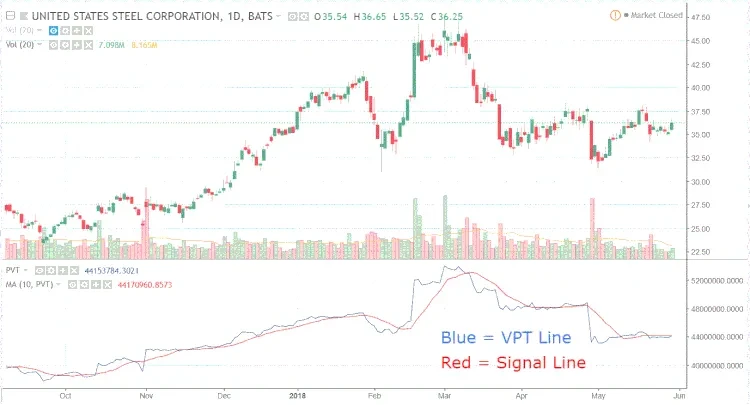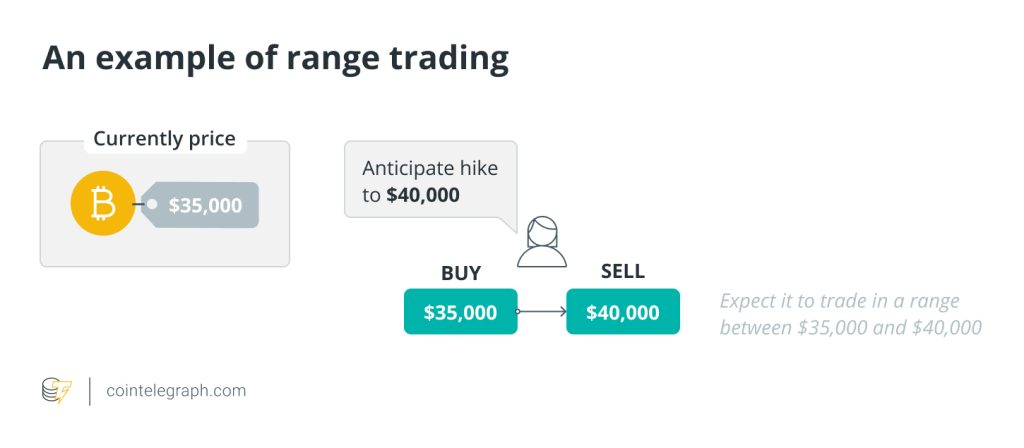LEARN VOLUME PROFILE FIXED RANGE INDEX IN 3 MINUTES – BLOCKCHAIN 101

The Volume Profile Fixed Range (VPFR) is a popular trading tool that provides traders with key insights into market volume and price interaction. Unlike traditional volume indicators that only show the number of trades executed at each time interval, VPFR focuses on the volume distribution at different price levels. This makes it invaluable for identifying areas of high and low activity within a fixed range, helping traders make more informed decisions about support, resistance, and potential price movements.
In this guide, we’ll explore the basics of the Volume Profile Fixed Range indicator, how it works, its application in trading strategies, and why it can be a powerful tool for both novice and experienced traders.

What is the Volume Profile Fixed Range Indicator?
Volume Profile Fixed Range (VPFR) is a variation of the broader Volume Profile tool. The key distinction is that VPFR allows you to select a fixed range of price action to analyze, providing more control over the volume data you wish to examine.
While traditional volume indicators track how much volume is traded over time, the VPFR shows you where that volume occurred across specific price levels during a user-defined range. This helps traders identify price levels that attracted significant interest, known as “high-volume nodes,” and those that attracted less interest, called “low-volume nodes.”
The VPFR gives traders the ability to observe key areas of support and resistance based on actual trading volume, which can be more reliable than simple price-based analysis.
Key Components of the Volume Profile Fixed Range Indicator
- Point of Control (POC):
The POC is the price level where the highest trading volume occurred during the selected range. It often acts as a major support or resistance level, as it indicates where the majority of market participants are positioned. - Value Area (VA):
The Value Area is the range of prices where 70% of the volume was traded. It shows the most accepted prices in the market and is usually marked between the “Value Area High” (VAH) and “Value Area Low” (VAL). This zone is crucial for identifying price ranges where the market is comfortable trading. - High Volume Nodes (HVN):
HVNs are price levels that experienced higher-than-average trading activity. These zones tend to act as significant support or resistance areas since they indicate strong interest from traders. - Low Volume Nodes (LVN):
LVNs are price levels with little trading activity. Prices can move quickly through these areas, as there is less interest in defending these levels, making them prime for breakout strategies.
How Does VPFR Work?
The VPFR tool collects volume data within a user-defined range, allowing traders to see where the most trading activity occurred at different price levels. This is particularly useful in identifying price zones where market participants have placed substantial positions, often correlating with strong support or resistance levels.
Here’s how it typically works:
- Select Your Fixed Range:
The first step is to select the range of price action you want to analyze. This can be done by selecting two points on your chart, which defines the start and end of your range. - Analyze the Data:
Once the range is selected, the indicator will display a histogram showing the volume at each price level within the range. This visual representation helps identify key price levels where large volumes were traded, offering insight into market sentiment and potential future price movements. - Interpret the Results:
After viewing the data, traders can interpret high-volume areas as potential support or resistance levels and low-volume areas as zones where price may move rapidly.
Why Use Volume Profile Fixed Range in Trading?
- Accurate Support and Resistance Levels:
The VPFR offers a more precise method for identifying support and resistance compared to traditional technical analysis techniques, as it bases these levels on actual traded volume rather than price alone. For instance, a high-volume node could represent a price level where traders have heavily positioned themselves, making it harder for the price to break through. - Enhanced Market Context:
Unlike time-based volume indicators, the VPFR gives traders context by showing how much volume was traded at specific price levels. This helps in understanding the broader picture of market activity, which can provide clues about potential future price direction. - Better Risk Management:
By identifying key volume levels, traders can set stop-losses and take-profit points more effectively. For example, placing a stop-loss just below a high-volume node (where strong support is expected) can improve trade management and reduce the likelihood of being stopped out prematurely.
Trading Strategies Using VPFR
- Breakout Strategy: When price approaches a low-volume node (LVN), it often signifies an area of low interest from market participants, which can lead to fast price movement through that level. Traders can capitalize on this by entering breakout trades in anticipation of price quickly moving to the next significant volume area.
- Reversal Strategy: A high-volume node (HVN) often acts as a significant support or resistance level. When the price approaches this level, traders can look for reversal patterns, as the market may struggle to break through these areas due to the large number of positions established there.
- Value Area Trading: Since the value area (where 70% of trading activity occurs) often represents a balanced price range, traders can look for opportunities when the price re-enters the value area from outside. A common strategy is to go long when the price re-enters the value area from below or short when it re-enters from above.
- Point of Control (POC) Reversal: The POC acts as a major price magnet since the most volume was traded there. Price often gravitates toward the POC during consolidations. Traders can use this to their advantage by entering trades in the direction of the price moving toward the POC.
Best Practices for Using VPFR
- Combine with Other Indicators:
VPFR is best used in conjunction with other technical analysis tools like moving averages, RSI, or MACD to confirm trade signals. - Backtest Strategies:
Before implementing any strategy using VPFR, it’s essential to backtest on historical data to ensure its effectiveness under different market conditions. - Adjust Time Frames:
VPFR can be applied across multiple time frames, from short-term intraday trading to long-term position trading. It’s crucial to adjust the fixed range according to the specific time frame you’re trading to get the most accurate results.
Conclusion
The Volume Profile Fixed Range (VPFR) is an advanced yet highly accessible tool for traders who want to understand market dynamics at a deeper level. By analyzing volume distribution across specific price levels, traders can gain invaluable insights into key areas of support and resistance, market sentiment, and potential future price movements. Whether you’re a novice or an experienced trader, the VPFR indicator can enhance your trading strategy by providing actionable data that goes beyond price alone.
By using VPFR alongside other technical analysis tools, traders can develop more robust strategies and improve their overall market understanding. While the indicator has many benefits, as with any trading tool, it’s important to practice caution, backtest thoroughly, and combine it with broader market context for the best results.







Responses